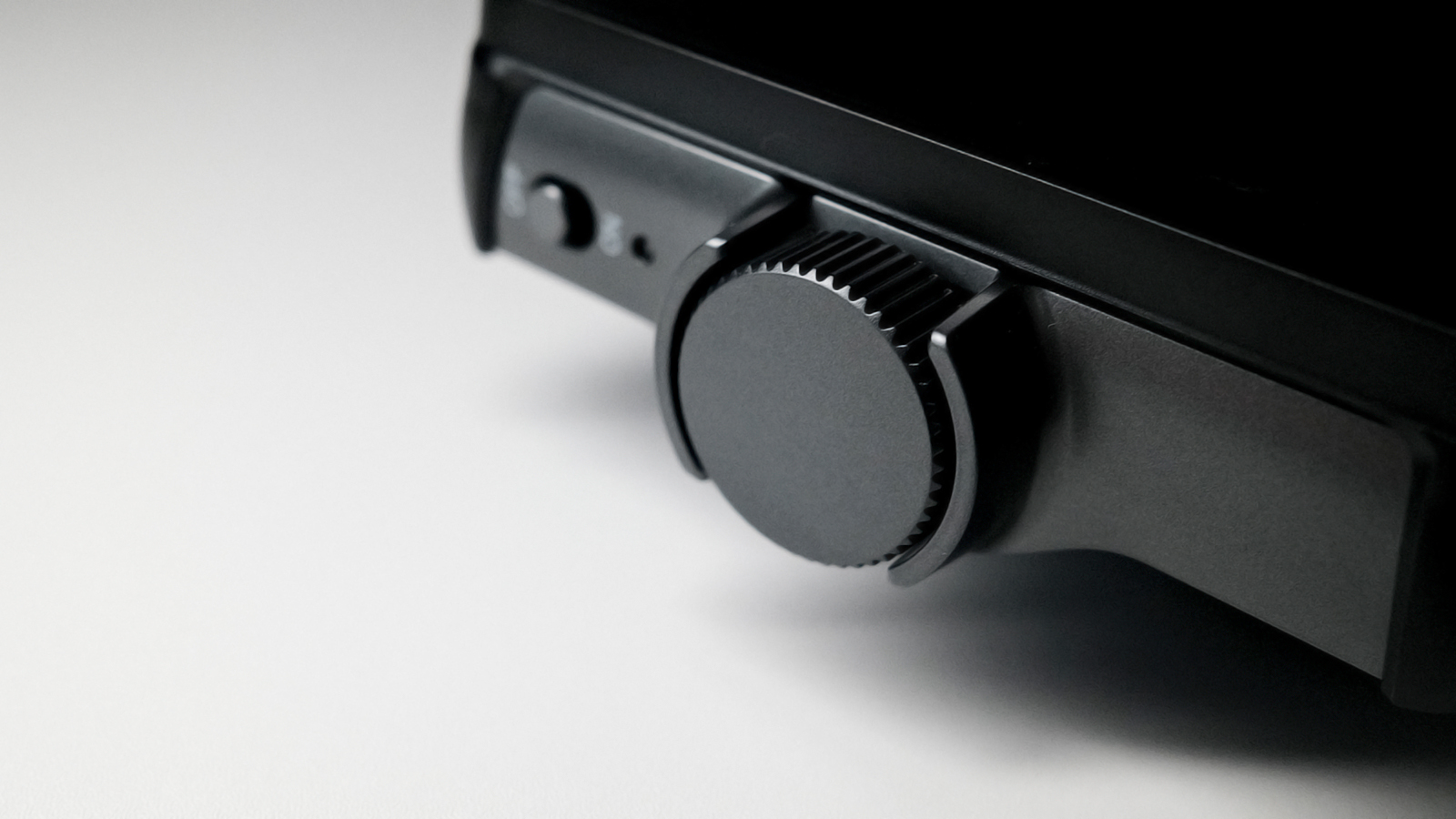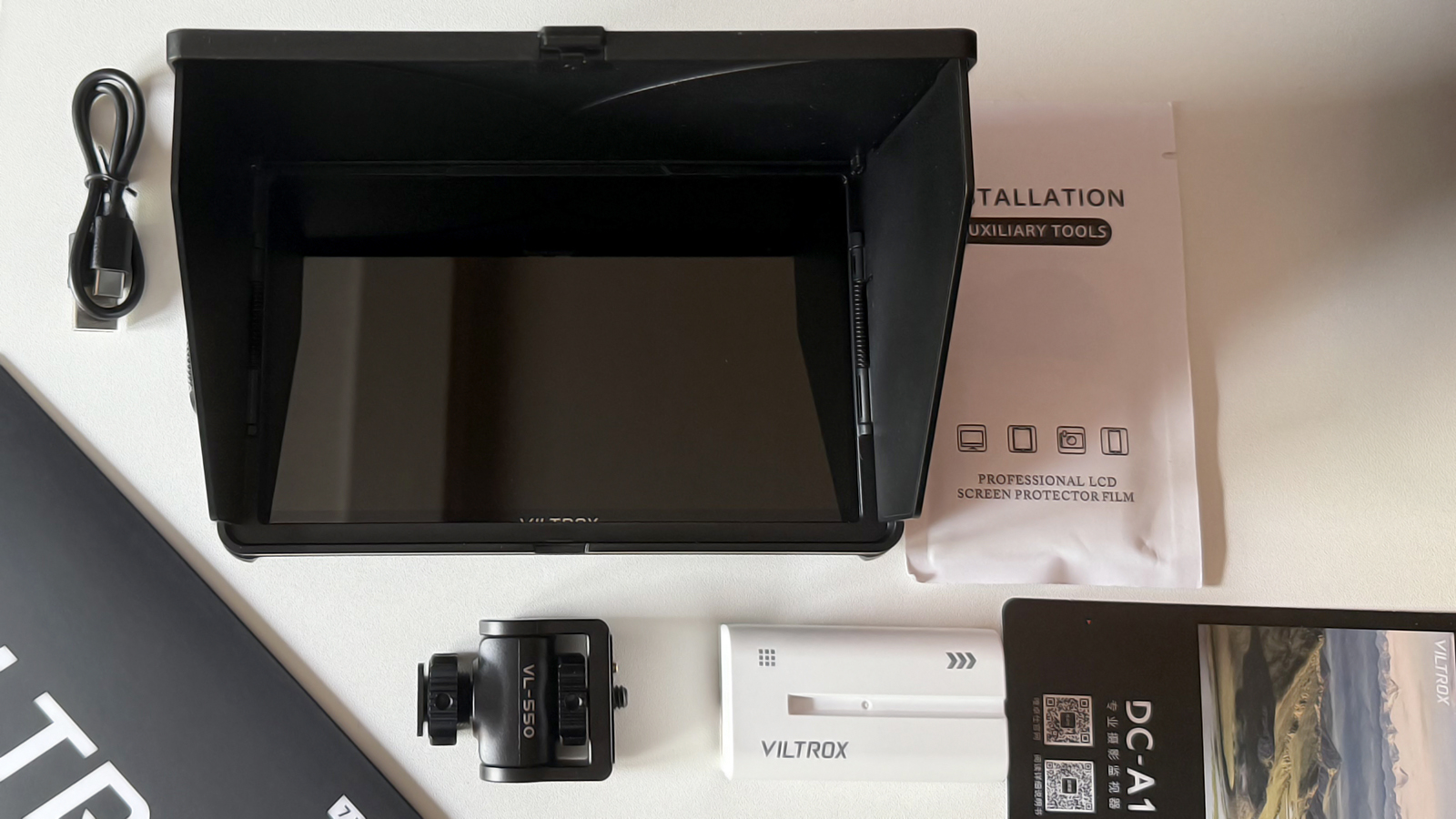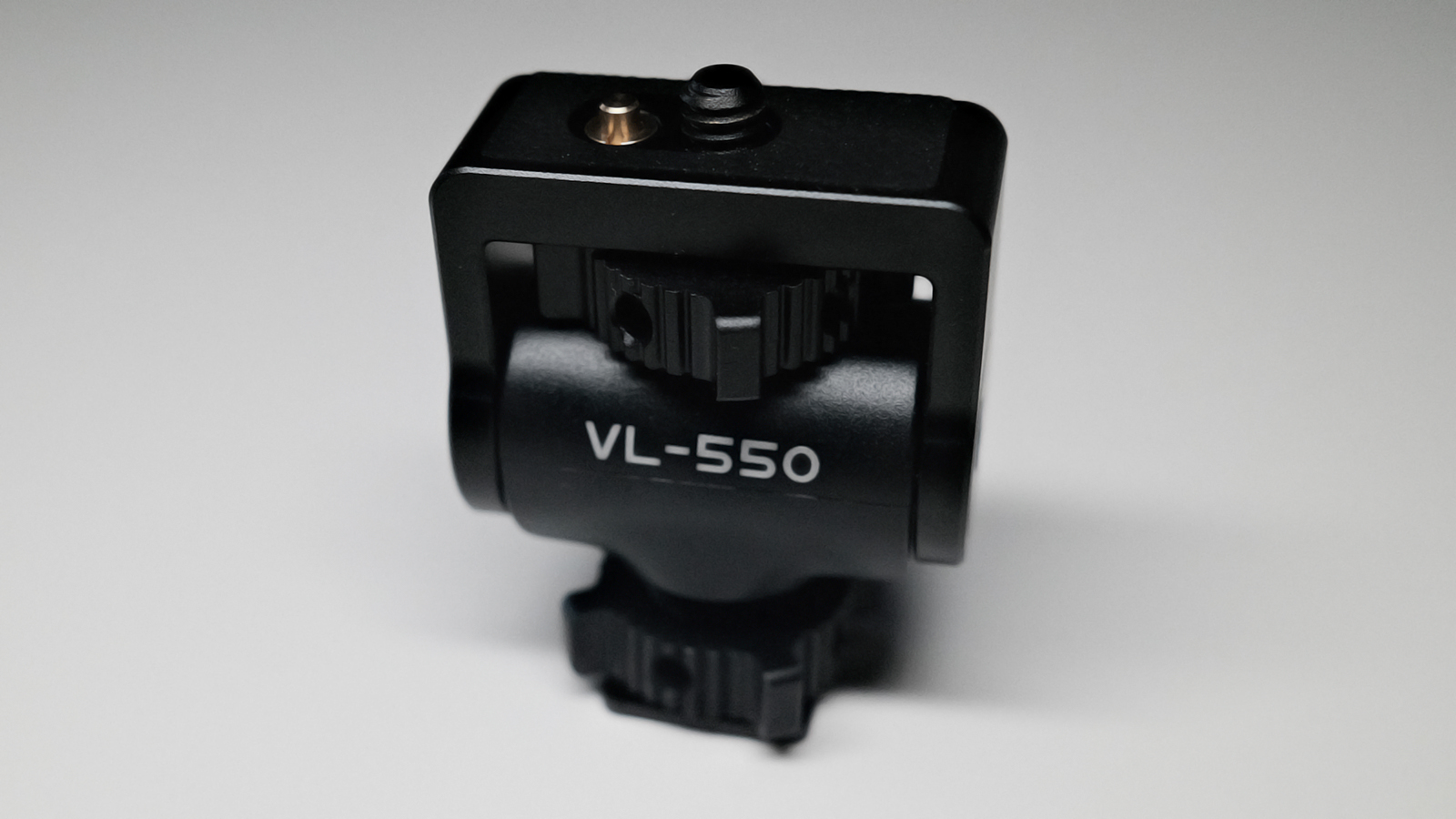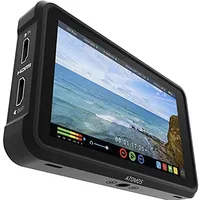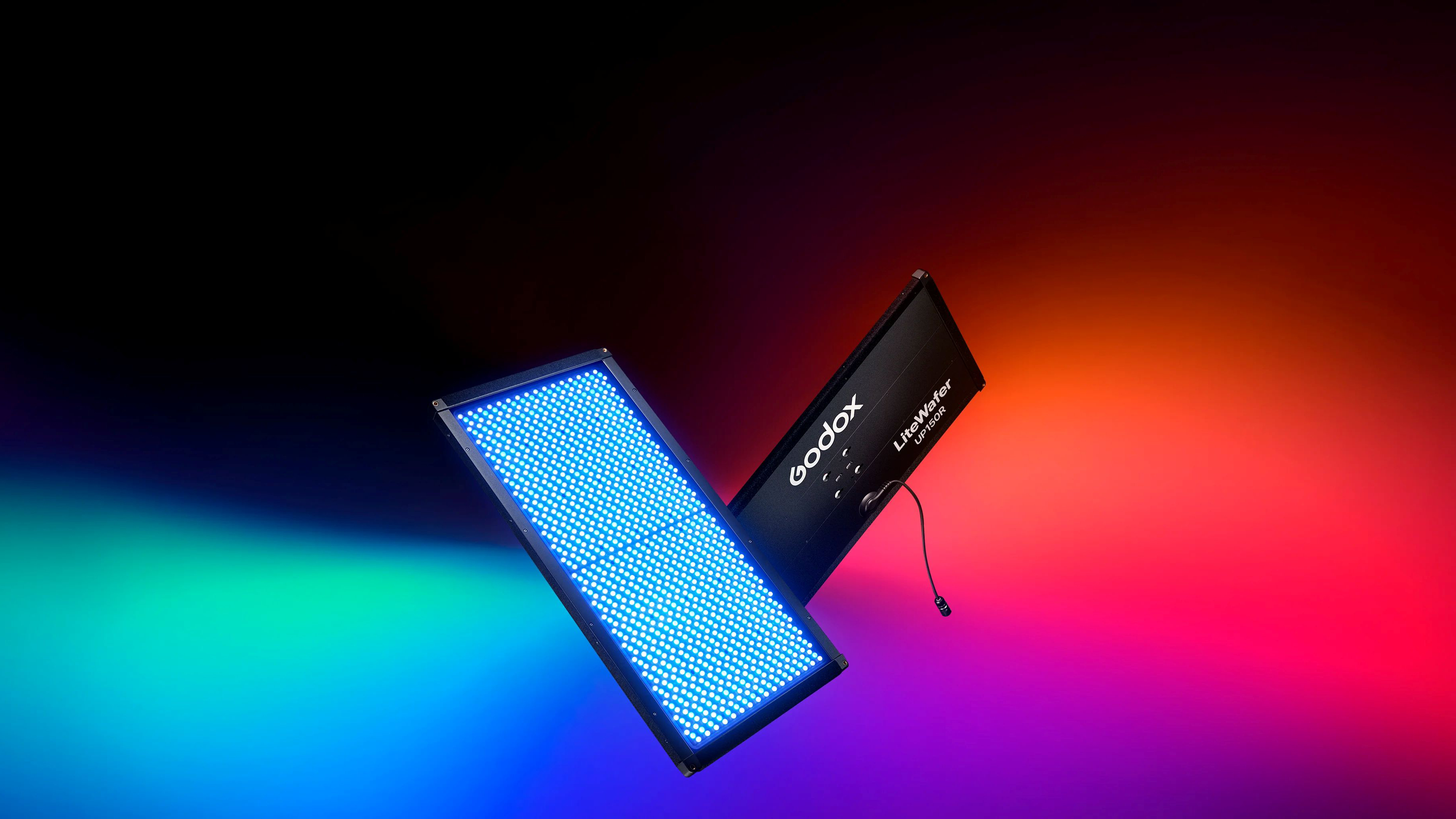Digital Camera World Verdict
The DC-A1 is a powerful field monitor, well suited to any location, indoor or outdoor. The screen is bright and contrasty and the UI is great too, making one handed use a breeze. The filming assistance is also top notch so exposure, focus and composition are made just that bit easier.
Pros
- +
Brightness for any location
- +
Solid build quality
- +
Lots of powering and rigging options
- +
Comprehensive shooting aids
Cons
- -
Lack of SDI
Why you can trust Digital Camera World
If you’re a filmmaker of any type, from an enthusiastic hobbyist to a pro, then a field monitor is one of those items you will need at some point. Most likely fairly early on in your gear acquisition. They make all kinds of tasks that much more comfortable, or even possible. Everything from composition to exposure and focus is much easier on a larger, adjustable screen. The size makes a difference, as does viewing angle. Although flip-out screens are good for casual use, they are mostly too small for serious use and are always attached to the camera body.
Viltrox has a number of field monitors in its lineup, and I’ve looked at some of their others, like the Viltrox DC-L2, which I rated highly, so I wondered what this DC-A1 would offer that is different. Turns out quite a bit.
Viltrox DC-A1: Specifications
Screen size | 7" |
Brightness | 2800nits |
Viewing angle | 170° |
Power | NPF, DC, USB-C |
Viltrox DC-A1: Price
At the time of writing, the DC-A1 is currently on offer directly from Viltrox, but even at the full price of $279 / £259 / AU$499 it is a bargain for what you get in the package. Compared to the competition, including other Viltrox monitors, this is a great price.
Viltrox DC-A1: In the box
Once you get past the film and cardboard box, you’re presented with a case. Unlike some of the competition (including other Viltrox monitors), this is a semi-hard case with nice cutouts inside for the main components and a zipped pocket inside the lid for stashing cables. This is a nice touch, as protecting and transporting a monitor is something that’s needed on every shoot. I also like the fact that the case still fits with a battery installed.
The DC-A1 ships with a sun hood preinstalled, an NPF battery, a monitor mount, and a number of cables for connecting HDMI sources. There is also a warranty card and a good-quality screen protector included. It’s a nice package that gives some good value.
Viltrox DC-A1: Design & Handling
Like others in the Viltrox DC range, the shell is made from plastic, but don’t let that put you off. It’s good quality and nicely finished. All the ports feel good, with no loose connections, and the battery fits snugly with no rattling, which I have experienced with others. My only niggle is the USB-A port on the top, which is behind a slightly cheap feeling flap. I think this is a bit unnecessary, as it’s not a weather-proof device anyway, so it doesn’t really serve much of a purpose that I can see.
¼ 20 mounting points are found on the bottom and right-hand faces, both with anti-twist holes. The DC-A1 comes with a hot/cold shot mount too, and, unlike some others, this is a nicely made metal one, with very nice tightening thumb wheels.
The best camera deals, reviews, product advice, and unmissable photography news, direct to your inbox!
The hood design is really nice. It’s the same as other Viltrox field monitors have, with a spring system that opens all three sides once you press the button. It’s a great fit, works very well, as a hood but also as an added layer of screen protection when closed. So much better than the hook-and-loop jobs you see so often at this price.
Then there’s the large, clickable rotary encoder on the left-hand side, which does have protective lugs that prevent damage and limit accidental adjustments. This is one of the main ways of interacting with the monitor, so it needs to feel good, as well as be precise, and luckily, it does. Presses are very positive, with good feedback, and the rotary aspect is equally good. It clicks as you turn, ideal for fast adjustments where you know how many menu steps you want to change.
As a complete package, I’m impressed with the DC-A1.
Viltrox DC-A1: Power
Filmmakers shoot in different ways, in varying locations, and on a huge variety of rigs. With this in mind, having the ability to power devices in different ways could make or break sales, and the DC-A1 scores strongly here. It ships with an NPF battery, a solid choice for many, as they are cheap, most of us have some lying around, and they are fairly efficient. If you are studio-based or have access to a DC supply, then there is a DC port on the bottom edge, next to a USB-C port, meaning you can use a standard power bank. Run time will vary depending on the size of the battery used, screen settings, and so on, but I found the supplied NPF550 gave me over two hours of runtime.
Viltrox DC-A1: Performance

Let's start off with physical interactions. The touchscreen is really responsive, and I didn’t find myself having to repeat inputs at all, which is a relief, as it is often the case. On-screen menu items are large enough that you can activate them easily without hitting their neighbours, even with larger hands. But if you want to ignore the touchscreen, you can adjust settings using hardware controls. There is a set of customisable function buttons on the top edge. These ships predefined, but it’s nice to know you can change them to suit your needs. Most of the time, you’ll be using that large rotary encoder on the side. It is both notched and has reasonable damping, so hitting your desired values is a breeze. I would prefer slightly heavier damping; however, I’m aware that’s a personal preference.
The menu layouts are logical, easy to navigate, and are far easier on the eye than many others I’ve seen. Text is crisp and clear, and highlights show where you are at any given time, too.
When it comes to assistance, the DC-A1 has everything you could hope for. False colour, peaking, composition guides, zebras, etc, but also a full range of squeezing options for the anamorphic shooter and user loadable 3D LUTs, which is great if you wish to preview your shots, rather than work in a flat log colour space, which can be more taxing to shoot critically.
Something else you don’t see elsewhere is the ability to freeze frame the incoming signal. This might have limited uses, but it's nice to have.
Now, the biggest benefit of the DC-A1 is the 7” screen. It’s a 1920x1080 resolution but will accept a 4K feed, which can be passed out by the second HDMI port for viewing on another device.
The screen has great contrast and colour accuracy; however, the star feature is the max brightness of 2800 nits. Pretty impressive and makes for a wonderful experience. Other Viltrox field monitors have good brightness but nowhere near the capabilities of this one, so if you often shoot outdoors or on particularly bright sets, I would highly recommend this. It minimises the effects of glare, reduces eye strain, and aids in better shots.
I do hope a version of this will be released with SDI ports, as that really is the only thing I can see missing. Other than that, this is a really well-rounded field monitor.
Viltrox DC-A1: Verdict
Although coming in at a fairly budget price, the DC-A1 is rugged, with a comprehensive feature list. The screen is top notch, UI is clear and logical, physical buttons all feel good, and there’s really not much to complain about. For anybody on the hunt for a field monitor, times are good, with the DC-A1 showcasing just what can be found for reasonable money.
Features ★★★★★ | The feature list here is very comprehensive, covering the full gamut of user experience, shooting assists, to satisfy everybody’s needs. |
Design ★★★★☆ | Apart from a cheap USB port cover the design feels sleek and modern, logical and easy to use. |
Performance ★★★★★ | Simple to interact with, even single handed, the DC-A1 performs admirably, even in the brightest of daylight. |
Value ★★★★★ | For around the £250 mark this is exceptional value. |
✅ Buy it...
- if you need to shoot on sunny days, or brightly lit sets
🚫 Don't buy it...
- You really need SDI
Alternatives
Atomos Ninja V
A mainstay of many rigs, it's solidly built, has all the tools you'd need, and performs very well, although the 5" is starting to feel dated

Rob is Editor of ImagineFX magazine and also works as creative director for his own studio, Pariah Studios, producing 3D animation, film and VFX for a variety of clients.
He started his career as a photographer, slowing adding 3D, film and visual effects and film into his toolbag, working across TV, web and print, with clients ranging from Blackmagic Design and HMV to Games Workshop and Royal Mail.
When not on at his desk he can be found building and playing guitars or out in the wilderness with his dog.
You must confirm your public display name before commenting
Please logout and then login again, you will then be prompted to enter your display name.
